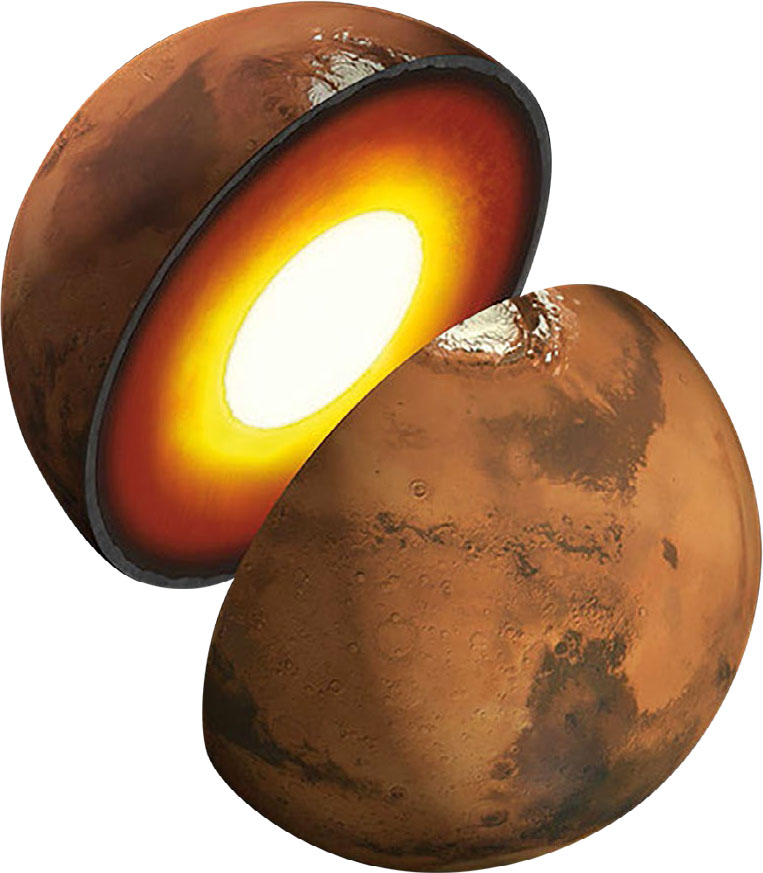A team of researchers based at the University of Tokyo has revealed tantalising details about Mars’ seismic activity for the very first time. These new results could make or break theories surrounding the Red Planet’s origins and provide details about its composition.

©NASA
The fourth rock from the Sun might be one of the closest worlds to us - swinging between distances of 55 million and 400 million kilometres (34 million and 249 million miles) dependent on its position and Earth’s position relative to our star - but it is often much safer and less expensive to investigate the Red Planet through simulations on Earth, rather than launching a spacecraft.